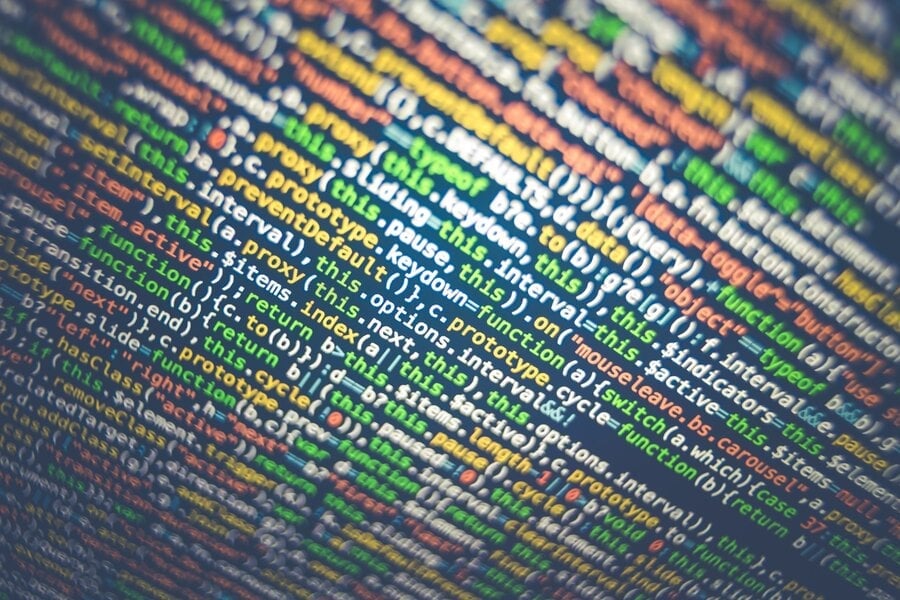Since you’re here, you must have already familiarized yourself with the importance of web scraping. Once you plan on doing your own web scraping with proxies protecting you, the next step is parsing all of that data. Or, you can do web scraping and data parsing with proxies all in one step.
The size and budget of your data-based project, combined with your coding capabilities, are deciding factors in what tools you should use. For now, I’ll go over what data parsing is and give a general explanation of the many tools available in a way that less-technology-inclined individuals can appreciate.
A future article will go more in-depth on the means of building your own parser and utilizing prebuilt ones if you’re looking for some hands-on information. In it, I’ll cover both coding-required and point-and-click with no-coding-required options.
What is Data Parsing?
Table of Contents
ToggleTo simplify, data parsing is taking that large mess of information you started with, most likely from web scraping, and converting it into something more useful. Once organized, it can pull out all of the relevant parts and add them to your database properly.
Most commonly, this is sifting through the HTML of the websites you scraped and then organizing the relevant results. Of course, to successfully pull that information in the first place, you need a proxy server for your scraper to go through.
Usually, the data you pull in is unstructured. By parsing data with certain software or libraries, you translate it into a file type that both people and computers can better understand. I’ll go over exact examples of several parsing tools in a future, more tech-focused article. Throwing names around won’t do you much good right now.
Even when the source is structured, any information that isn’t labeled with its own HTML tags is still a challenge for a computer to pick out. It’s even worse if it’s in the middle of a bunch of other text.
On top of your parser organizing the data it goes through, it can also help fill in the blanks that your database might not cope with being left empty, too.
Data Parsing Tools Overview
As many types of sources as there are, there are just as many tools for converting it into a usable state for other programs. No single parser can handle every possible file type. Just being able to handle more than one is an accomplishment as it is.
Some of them have their own documentation of how to setup proxies, like the proxy setup documentation for A-Parser.
There are options with varying degrees of difficulty to use. The ease of use is generally inversely proportional to how much control you have over it or its price tag.
Scraper APIs
The easiest to use of all is simply paying someone else to run a cloud-based scraper API for you. They only give you the data you requested in the first place, and it’s already organized. This, of course, can get quite pricey. But throwing money at it can turn neatly parsed information into EZ-mode, like many other things in life.
Scraper Programs/Extensions
The next easiest to use is to have your web scraper use a built-in parser, so you at least don’t have to do everything in two separate steps. It will organize and save just what you’re looking for, instead of the full information on every page it snagged. This equates to less wasted time and less wasted storage space.
Scraping Followed By A Separate Parser
In a sense, using a simple scraper and then a basic parser is the easiest to set up. But it’s also the least efficient. That loss of efficiency can then cost you in the long run. It will also have the fewest customization options.
You’ll need to wait until all the information you’re gathering is fully scraped. This includes a lot of unneeded data burying what you’re after. Then you could finally run an independent data parser to make it usable while trimming the fat.
But hey, at least you still collected data and made it useful. If you’re doing something small-scale and not all that fancy, it could very well be all that you need.
However, running a scraper program with an attached parser is typically the recommended course of action. This is also where proxies come into play.
Data Parsing with Proxies
If you had a scraper running without a proxy, apart from the fact it wouldn’t get very far, it could go sideways if it’s parsing at the same time. If your target website has misdirection-type honeypots set up and your parser extrapolates that false data, your entire dataset may become unusable. That would certainly defeat the purpose of setting all of this up in the first place, wouldn’t it?
If you aren’t familiar with this context, a honeypot is a sort of virtual trap that is easier to access than the rest of the site. They aren’t viewable by normal users since they won’t have any clickable links to them. As a result, only bots can see them. Since only bots find those parts of the site, they know that anything that accesses it must be a bot.
The source website’s anti-bot measures outright block access, which is, of course, also a major issue. A well-designed scraper going through a quality rotating proxy service like KocerRoxy will ensure your bot doesn’t get detected and then either blocked or thrown into that deceptive honeypot.
What Type of Proxy Should I Use?
Depending on your target data and the scale of your operations, a low-cost datacenter proxy may be sufficient. However, it is highly recommended for you to use a rotating residential proxy. That way, the websites you’re scraping will be convinced that it’s just normal people making all of those requests.
Any website with strong anti-bot measures in place can also detect that a data center proxy is being used to make calls. This automatically equates to a bot in their POV. Thus, they go with activating their protections regardless of what type of bot you’re using or your (benign, right?) intentions.
An added perk of using a residential instead of a datacenter proxy is that you could potentially take advantage of their IP source’s geo-locations. This would allow you to gather any information you normally wouldn’t have access to due to the country you’re in.
Conclusion
Think about how a comma in the wrong place can confuse computers. Now, imagine how it would handle the different formats of writing down the day’s date, people’s phone numbers, or street addresses. It’s a pretty easy guess that it’s important to clean all of that up so it’s consistently in a format the computer will understand.
To get that information to parse in the first place, you have some web scraping to do. So, save both time and money. Run a web scraper that also handles data parsing with proxies to protect you from anti-bot measures. Not sure yet? Read more about the importance of web scraping.
How useful was this post?
Click on a star to rate it!
Average rating 0 / 5. Vote count: 0
No votes so far! Be the first to rate this post.
We are sorry that this post was not useful for you!
Let us improve this post!
Tell us how we can improve this post?


